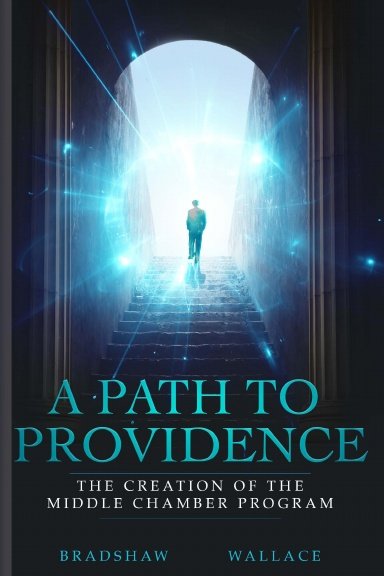When one examines Masonic ritual & symbolism through the interpretive lens of Classical Mythology, the correspondences immediately begin to present themselves and become, at times, strikingly obvious. These inferences and allusions are present to such a degree within the Craft – in the Officer’s Jewels, the Furniture of the Lodge Room, the Deacon’s Rods, even in the rituals themselves – that almost everywhere one cares to look can be found some vestige of the great mythological systems of the world. Considering the fact that it would be nearly impossible to exhaustively catalog every instance of possible mythological import within Freemasonry, the following will be limited to a few of the more glaring examples.
The Orders of Architecture, as described in Vitruvius’ On Architecture, are present in the Masonic Fellowcraft Degree lecture. Several allusions to these orders are also found in the Lodge room and furniture therein.
The Doric order is said to denote strength and was held sacred to Ares, the god of war. In ancient building practices, the Doric order was used in the construction of structures which served a martial purpose, such as those devoted to warfare or defense. This style is especially notable for its relative simplicity. It is the least ornamental of the original Greek orders of architecture, thereby evoking a martial atmosphere through its clean, unembellished lines. The Three Principal Supports of the Masonic Lodge are Wisdom, Strength and Beauty. In Freemasonry, the Doric column is associated with Strength – the Senior Warden’s station.
The Ionian order of architecture denotes wisdom and was held sacred to Athena. Being between the Doric and Corinthian in overall complexity, it is moderate and tempered in appearance. This style was most frequently employed in houses of learning, such as academies and libraries. In the Masonic Lodge, the Ionian column is attributed to Principal Support of Wisdom, which is further associated with the Worshipful Master’s station.
The Corinthian order of architecture was employed when a structure was to be designated for an artistic or aesthetic purpose, such as a museum. This order was considered sacred to Aphrodite, the goddess of beauty. The Corinthian style was the most ornate of the three original, ancient Greek orders of architecture. In Freemasonry, this Corinthian column is fittingly associated with Beauty and the office of Junior Warden, which is in the South.
The Senior and Junior Stewards’ rods are ornately capped with a cornucopia within a square and compasses. The cornucopia comes to us directly from Classical Mythology, where it is considered to be the horn of Amalthea, the she-goat that suckled Zeus in his infancy. The cornucopia also appears as a symbol of Demeter, the grain mother. The Roman counterpart of Demeter is Ceres, the etymological namesake of our word “cereal”.
The crossed keys of the Treasurer’s jewel is also a notable mythological motif, as they have been associated with the Greek goddess Hecate, and also with the Leontocephaline, a lesser figure present in the iconography of Roman Mithraism. Hecate, a lunar crone-goddess, was associated with crossroads, silver and currency – which is pertinent to the office of Treasurer. The Leontocephaline, or “lion-headed”, is sometimes depicted with crossed keys held over the chest and a set of hammer and tongs, the working tools of Hephaestus, at his feet. This gains significance, Masonically, when we consider that Tubal-cain inhabits the same archetypal role in the Abrahamic canon (i.e. metallurgical artificer) as Hephaestus does in the Hellenic.
The jewel of the Lodge Organist is the lyre and, therefore, has some of the most developed mythological significance. The lyre is most commonly associated with Orpheus, to whom it was given by Phoebus-Apollo (Apollo in his most solar aspect). Orpheus is said to have charmed man and beast with the instrument and to have used it to gain access to Hades in order to fetch Eurydice, his ill-fated bride. This he accomplished by enchanting both Charon, the Stygian boatman, and Cerberus, the three-headed dog, with his music. The myth of his chthonic descent/ascent is conjectured to have formed the basis of the Orphic Mysteries. One may readily find depictions of the lyre in statuary and/or bas-relief adorning the many Orpheums and Lyric Halls across the Western World – these are, of course, in reference to Orpheus and his lyre, respectively.
The Blazing Star, a five-pointed star within a circle, is often depicted in the center of the Checkered Pavement. This symbol is alternately said to represent the Sun, Sirius (A & B combined, as seen by the naked eye) and Venus. The Solar interpretation is obvious, in terms of the Sun’s Masonic significance as being the “glory and beauty of the day”, etcetera, but the theory of the Blazing Star as a representation of Sirius provides us with much more symbolic substance for our contemplation.
Sirius, which is actually a binary system composed of the stars Sirius A and Sirius B, is the brightest star in the sky, apart from the Sun. This star resides in the constellation of Canis Major, hence the name “the Dog Star” (a name from whence we get the phrase, “the dog days of summer”, or the Latin dies caniculares, denoting the heliacal rising and setting of Sirius during the summer months in that region). Sirius was later personified as the Egyptian Iachen, the Minoan I Wa Ko and thereby the Greek Iakchos, the torch-bearing son of Persephone.
The Blazing Star’s relationship to Venus (also anciently known as the Morning and/or Evening Star) may best be illustrated by the fact that it is represented in the form of a pentagram. This significance comes primarily from the fact that Venus traces a five-petalled rosette at the completion of its synodic period, which is 583.9211 days – the amount of time it takes for the planet to return its originally observed position, relative to that of the Sun, as seen from the perspective of Earth – thus itself alluding to the pentagram. The pentagram is commonly found in Freemasonry, likely due to its prevalence in Pythagoreanism.
The Weeping Virgin of the Third Degree is a statue made reference to in the Master Mason Lecture in Blue Lodge Freemasonry. The work consists of the figure of a virgin, her hands folded as in prayer, leaning over a broken column as an old man, holding a scythe, undoes the braids in her hair. The old, male figure bears a likeness to Cronus, the Titanic father of Zeus, present here in his popular personification as Father Time. The weeping virgin, in this context, could be construed as a representation of Persephone, the Kore.
In this interpretation, we are reminded of an incident in Greek Mythology known as the Rape of Persephone. There are both astrological and agricultural keys to the allegory of this event and these, when used in conjunction, provide us with an interesting narrative. If we consider the figure of Father Time as representing Saturn then, through common and established astrological correspondences, we arrive at the Winter Solstice via the zodiacal house of Capricornus, which is ruled by Cronus. In the myth, Persephone was abducted by Hades while she was collecting wild flowers – an obvious sign of Spring or the Vernal Equinox. He then carried her to his kingdom in the Underworld, which is also symbolic of the Winter Solstice – a place almost universally regarded as the abode of death. The whole scene can easily be read as a wonderful symbolic depiction of certain known aspects of the Eleusinian Mysteries.
In Classical Mythology, we find yet another lens through which to view and interpret the symbolism of Freemasonry. Though, it seems that no matter which lens we apply, Freemasonry stands up to the most intense scrutiny as being more than just, “a peculiar system of morality, veiled in allegory and illustrated by symbols.”
- Bro. Jaime Paul Lamb is a Master Mason in Phoenix AZ, who has published articles in the Connecticut Freemason and Indiana Freemason magazines. Bro. Lamb is currently finishing a new book titled, "Myth, Magick, and Masonry", which should be released in Summer 2018.
________________________________________
THANK YOU FOR READING THE LAUDABLE PURSUIT!
IF YOU ENJOYED THIS PIECE, PLEASE FEEL FREE TO SHARE IT ON SOCIAL MEDIA SITES AND WITH YOUR LODGE.
Also, visit us on Facebook: https://www.facebook.com/TheLaudablePursuit
________________________________________
SHOW YOUR SUPPORT
If you enjoyed this content, you can show your support by visiting the our Bookstore, or by donating below:




